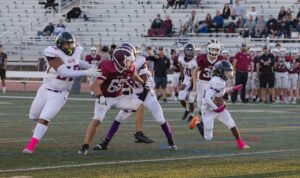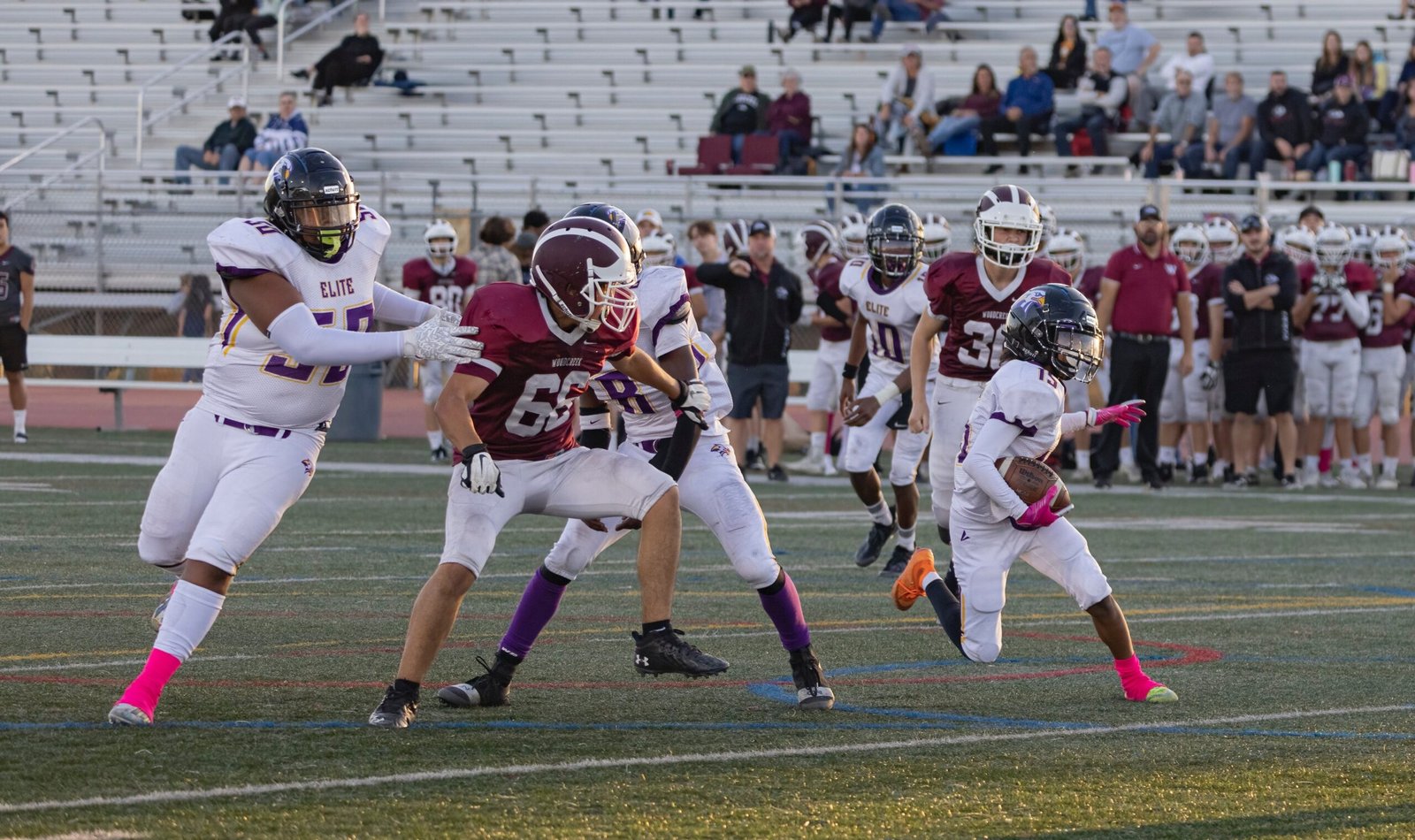What Does OPS Stand For in Baseball?
Baseball often called America pastime is a game rich with statistics and metrics that provide insights into player performance. Among these OPS stands out as a key indicator of a player offensive capabilities. So what does OPS stand for in baseball and why is it crucial in evaluating a player contribution to the game?
Understanding OPS involves breaking down its components. The sum of Onbase Percentage OBP and Slugging Percentage SLG forms OPS providing a holistic view of a player offensive prowess.
OPS as a Performance Metric
OPS is more than just an acronym; it a powerful tool for evaluating a player offensive capabilities. While traditional statistics like batting average only capture part of a player performance OPS combines both the ability to get on base and the power to hit for extra bases.
The relationship between Onbase Percentage and Slugging Percentage is crucial in comprehending OPS. OBP reflects a player skill in reaching base while SLG measures their power through total bases. OPS as a sum of these two metrics offers a more nuanced perspective on offensive performance.
Notable Players and their OPS
Some of the greatest players in baseball history are often distinguished by their impressive OPS. From legendary hitters of the past to contemporary stars OPS has become a benchmark for excellence. Players like Babe Ruth Barry Bonds and Mike Trout showcase the significance of high OPS in the context of team success.
OPS Trends in Baseball
OPS isn’t a static metric; it has evolved over different eras of baseball. Changes in the game dynamics equipment and strategies have influenced how players approach their atbats consequently impacting their OPS. Understanding OPS trends provides valuable insights into the shifting landscape of baseball.
Criticisms and Limitations of OPS
While OPS offers a comprehensive view of a player offensive skills it not without its criticisms. Context matters and certain situational factors can affect the relevance of OPS in evaluating a player contribution. Considering these limitations is essential for a nuanced understanding of a player performance.
OPS in Player Evaluation
Baseball teams heavily rely on advanced metrics like OPS in player evaluation. Scouting departments use OPS to identify players who not only excel in traditional statistics but also contribute significantly to offensive strategies. The impact of OPS is evident in contract negotiations where players with higher OPS often command higher salaries.
OPS in Strategy
Managers make crucial decisions during a game and OPS plays a role in shaping those strategies. From lineup decisions to ingame scenarios managers consider the OPS of their players when making critical choices. Understanding how OPS influences strategic decisions adds depth to the spectator appreciation of the game.
OPS in Fan Engagement
As baseball analytics have become more accessible OPS has gained popularity among fans. Fantasy baseball enthusiasts particularly appreciate OPS as a valuable metric for building competitive rosters. Its widespread use among fans contributes to a deeper engagement with the sport beyond the basic statistics.
Advanced Metrics Beyond OPS
As baseball analytics continue to advance new metrics are emerging alongside OPS. These complementary statistics provide even more nuanced insights into player performance enhancing the overall understanding of the game.
OPS in Baseball Analytics
Technological advancements have revolutionized baseball analytics. Teams now use sophisticated tools and data analysis techniques to gain a competitive edge. OPS plays a crucial role in these analytics guiding teams in forming strategies that optimize offensive performance.
Teaching OPS to New Fans
For newcomers to baseball understanding OPS might seem like navigating a complex maze of statistics. Simplifying the concept by breaking down its components and providing accessible resources can help new fans grasp the significance of OPS in evaluating player performance.
Future of OPS in Baseball
As baseball continues to evolve so will the metrics used to evaluate player performance. The future of OPS in the sport holds exciting possibilities with potential developments that could further refine how we measure offensive capabilities.
Final Word
In OPS is more than just an acronym; it a window into the dynamic world of baseball statistics. Whether you’re a seasoned fan a fantasy baseball enthusiast or a newcomer to the sport understanding OPS adds a layer of depth to your appreciation of the game.
FAQs About OPS in Baseball
What does a high OPS indicate for a baseball player?
A high OPS suggests that a player excels both in getting on base and hitting for power.
How is OPS calculated and what does it include?
OPS is the sum of Onbase Percentage OBP and Slugging Percentage SLG combining a player ability to get on base and hit for extra bases.
Are there any situations where OPS might not accurately reflect a player performance?
Yes OPS has limitations and situational factors can impact its relevance in certain scenarios.
Do all baseball teams use OPS in player evaluation?
While many teams use OPS the extent to which it influences player evaluation can vary.
Is OPS the only metric used for evaluating offensive performance in baseball?
No there are other advanced metrics beyond OPS that provide additional insights into player performance.







